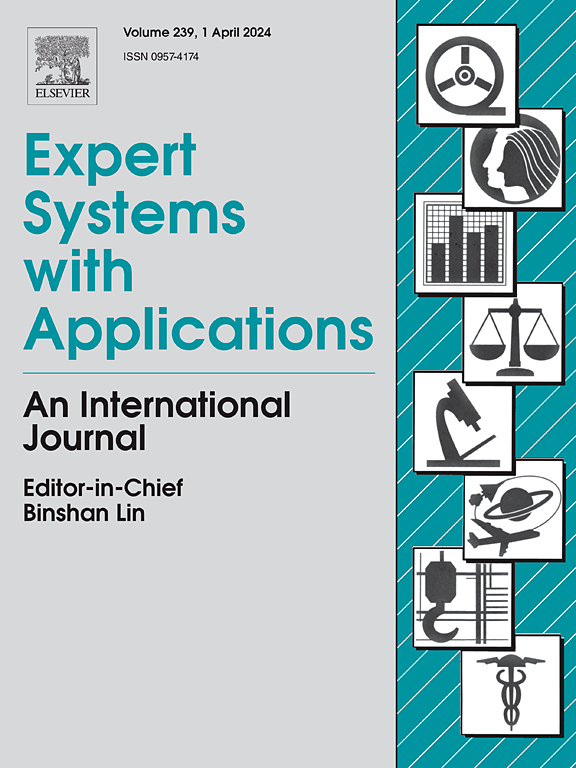IllumiNet:在复杂照明条件下有效去除耀斑和增强光线的两阶段模型
IF 7.5
1区 计算机科学
Q1 COMPUTER SCIENCE, ARTIFICIAL INTELLIGENCE
引用次数: 0
摘要
在具有挑战性的照明条件下拍摄的图像受到光照不均匀和耀斑工件(例如,眩光,条纹和闪烁)的影响。现有的图像增强方法主要集中在增强弱光区域或去除耀斑,但很少同时解决这两个问题。当这些方法依次应用时,不可避免地会导致在受耀斑影响的明亮区域过度增强和饱和,或在低光区域增强不足。在本文中,我们介绍了一个神经网络模型- IllumiNet,以增强在复杂光照条件下捕获的图像。具体来说,我们提出了一种两阶段的像素到像素生成模型,该模型既能去除图像耀斑,又能增强图像光线。每个阶段都是基于以Mix Vision Transformer为骨干的U-Net模型构建的,该模型由两个阶段共享,以支持两个任务之间的领域知识交互,同时帮助减小模型大小。此外,我们还引入了一种将知识蒸馏与模拟数据生成相结合的训练策略,从而消除了对真实配对数据集的需求。通过各种基准测试的实验表明,IllumiNet可以产生视觉上吸引人的增强图像,并显示出对各种现实场景的强大泛化。本文章由计算机程序翻译,如有差异,请以英文原文为准。
IllumiNet: A two-stage model for effective flare removal and light enhancement under complex lighting conditions
Images captured under challenging lighting conditions suffer from both uneven illumination and flare artifacts (e.g., glare, streaks, and shimmer). Existing image enhancement methods mainly focus on either enhancing low-light regions or removing flares, but rarely address both issues simultaneously. When these methods are applied in sequence, they inevitably lead to over-enhancement and saturation in bright regions affected by flares or insufficient enhancement in low-light areas. In this article, we introduce a neural network model – IllumiNet, to enhance images captured under complex lighting conditions. Specifically, we propose a two-stage pixel-to-pixel generative model, that achieves both image flare removal and image light enhancement. Each stage is structured based on the U-Net model with the Mix Vision Transformer as the backbone, which is shared by the two stages to support domain knowledge interaction between the two tasks while helping to reduce model size. Additionally, we introduce a training strategy that combines knowledge distillation with simulated data generation, eliminating the need for real-paired datasets. Experiments across various benchmarks demonstrate that IllumiNet produces visually appealing enhanced images and exhibits robust generalization to diverse real-world scenarios.
求助全文
通过发布文献求助,成功后即可免费获取论文全文。
去求助
来源期刊

Expert Systems with Applications
工程技术-工程:电子与电气
CiteScore
13.80
自引率
10.60%
发文量
2045
审稿时长
8.7 months
期刊介绍:
Expert Systems With Applications is an international journal dedicated to the exchange of information on expert and intelligent systems used globally in industry, government, and universities. The journal emphasizes original papers covering the design, development, testing, implementation, and management of these systems, offering practical guidelines. It spans various sectors such as finance, engineering, marketing, law, project management, information management, medicine, and more. The journal also welcomes papers on multi-agent systems, knowledge management, neural networks, knowledge discovery, data mining, and other related areas, excluding applications to military/defense systems.
 求助内容:
求助内容: 应助结果提醒方式:
应助结果提醒方式:


